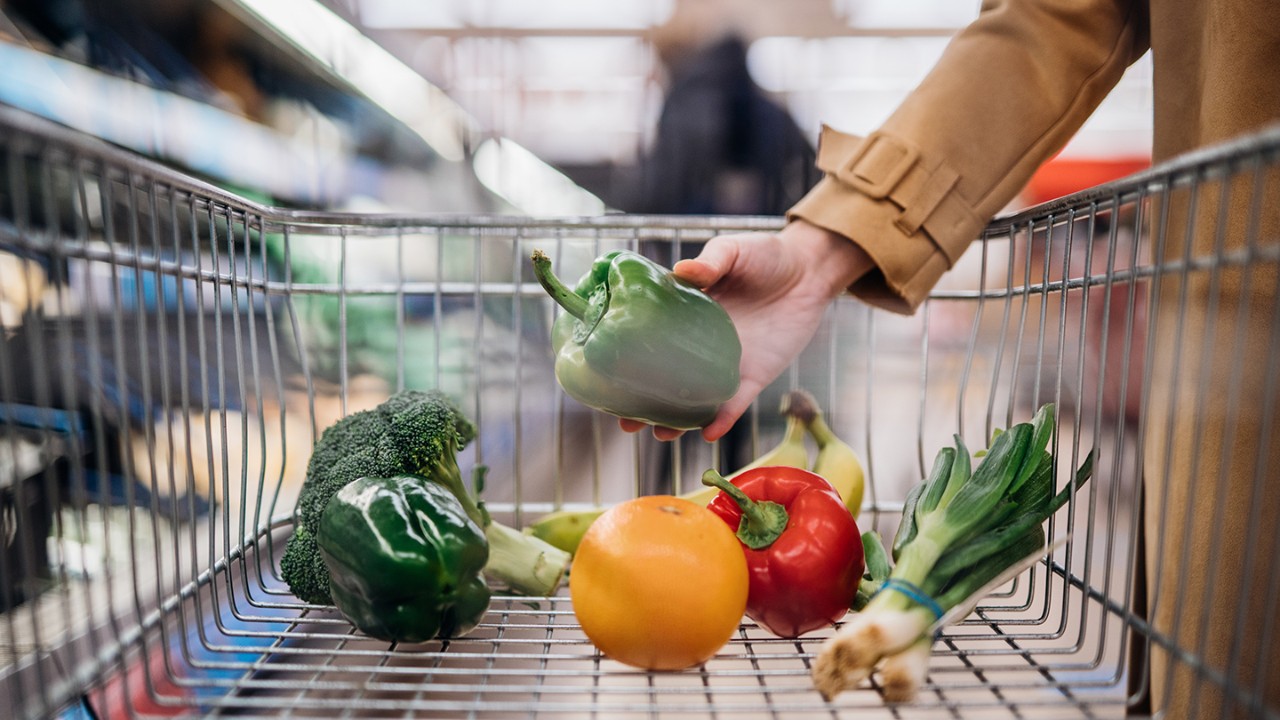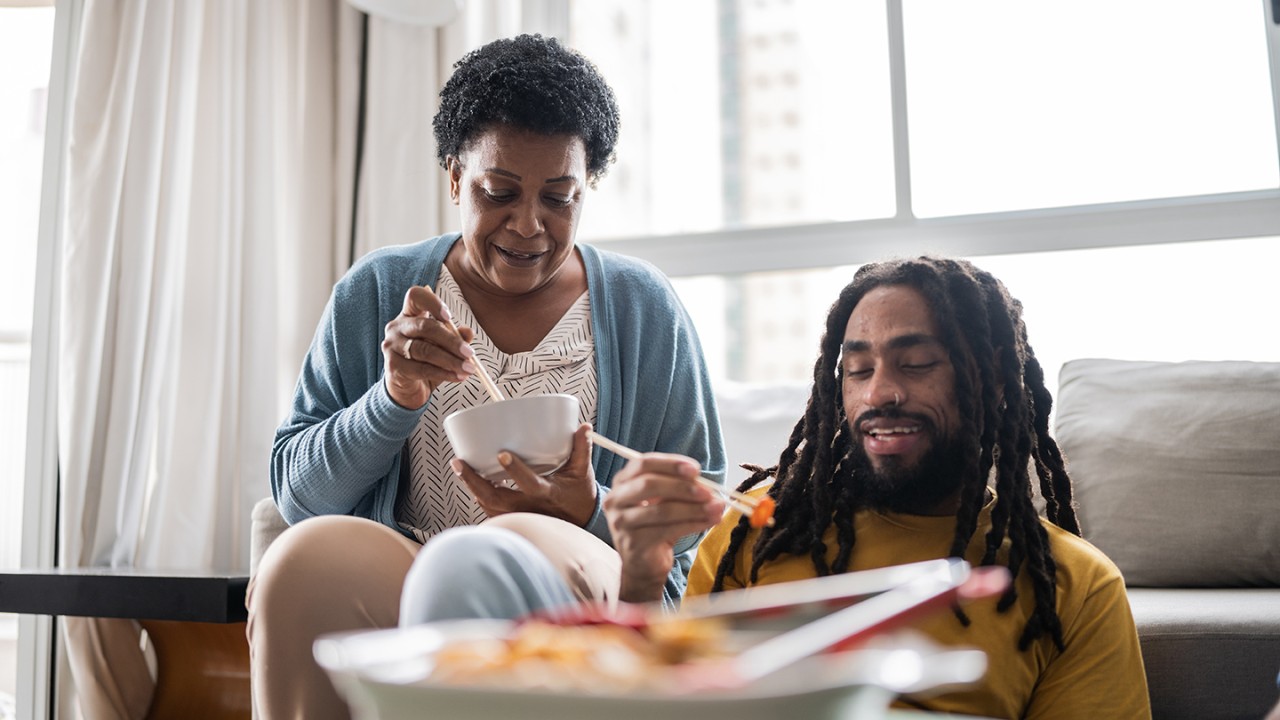Wet weather in Q2 prompted many Brits to stay at home, dial down on summer spending and put DIY plans on hold. Vim Maru, Chief Executive of Barclays UK, explores how unseasonal weather can influence consumer purchasing patterns.
Weather may be a common conversation starter in the UK – but we tend to underestimate the impact it has on our spending habits.
Decisions like staying in or going out, or whether or not to update your summer wardrobe, might seem relatively inconsequential. But scale that up, and those choices can significantly shape the economy. That’s exactly what we saw in the Barclays Consumer Spend data in Q2, as wet conditions dampened spending across multiple categories.
According to the Met Office, there was 55% more rainfall than in an average April and 16% higher-than-average rainfall in May. While June was drier and sunnier overall, temperatures in the first two weeks of the month were approximately 2°C below the mean.
This was arguably the biggest contributor to the slowdown in consumer card spending, which fell from 2.5% in Q1 to just 0.6% in Q2. In June, four in 10 consumers told us that the colder and greyer weather had caused them to rein in spending on summer products and experiences, with common cutbacks including seasonal outfits, barbeque food and equipment, and outdoor dining.
Instead of going out, many of us opted to stay at home, turning to subscription services to provide some rainy-day entertainment – with ‘Bridgerton’ and ‘House of the Dragon’ some of the most popular. Compared to Q2 2023, our data shows a 9.2% increase in spending on digital content and subscriptions, and that growth also shone through in Netflix’s latest set of results.
There are several additional factors that may have contributed to this trend – on top of, of course, the weather and the appeal of top-quality content. Some consumers may have been tempted by new pricing strategies, such as cheaper ad-supported packages. In addition, the crackdown on password sharing and increasing subscription prices – dubbed ‘streamflation’ – are likely to have played a part.
Live entertainment enthusiasts
One category that managed to coax us off the sofa last quarter was entertainment, which grew by 4.3% – it was the only category in the hospitality and leisure sector that performed better in Q2 than in Q1. Nothing sums up this trend quite like Taylor Swift’s Eras Tour, which landed in the UK in June. Back in May, we estimated that those attending the tour would spend an average of around £848 each on tickets, travel, accommodation, outfits and other expenses.
The Eras Tour returns to London next month, which is sure to benefit Wembley’s hospitality businesses, and Swift’s inflationary impact has reportedly been a consideration ahead of tomorrow’s base rate decision.
Trends like ‘Swiftonomics’ often punch well above their weight when it comes to the public consciousness, and I think that’s because we’re always fascinated by the influence celebrities can have on the way we live our lives, and how we prioritise our spending.
The in-store story
We also observed progress in some longer-term trends in how consumers are purchasing products and services. In the early days of the pandemic, many of us made the move to online shopping, and at its peak during the national lockdown in January 2021, online spending accounted for just over 58p in every pound. This shift left big question marks about the future of the High Street.
However, over time we’ve actually seen a bounceback in in-person spending, which may sound surprising given the normalisation of remote and hybrid working patterns. For example, in Q2 this year, online spending made up just 45p in the pound. It’s a similar picture when it comes to groceries – online spending peaked at 18.3% in early 2021, and it’s now down to 13.0%. Even when we focus on the short term, all categories saw a shift in the ratio of spending from online to in-store going from Q1 into Q2.
Falling bills ease household pressures
In April, we began publishing data looking at consumer spending on housing costs, from utilities and household retail, to mortgage and rental payments.
The good news for households is that the cost of rent and mortgages stabilised considerably in June, increasing by just 1.5% year-on-year – the slowest rate of growth since March 2023 – following a 6.3% year-on-year increase in May.
On top of that, we began to see the positive impact of Ofgem’s latest energy price cap decreases – consumer spending on utilities fell -12.5% in May, by June it had dropped -15.6%, and that’s before we factor in the -7% drop in the price cap that came into effect on 1 July.
Sunnier skies on the horizon
From a spending analysis perspective, there weren’t many stand-out winners and losers in Q2, but what is clear from the data is that times are still tough. Families are continuing to pay close attention to their outgoings and savings, and the cost of living is still stifling demand for non-essential items.
Encouragingly, the rate of inflation was just 2% in the year to June 2024, in line with the Bank of England target, so we could be close to a point of stabilisation. Moreover, while the general election may not have had an immediate impact on consumer spending, my hope is that it demonstrated to businesses worldwide that the UK offers a secure and stable place where they can invest, compared to the political instability that’s been seen in some areas of mainland Europe. As prospects for the UK improve, so too will consumer sentiment, and – in time – consumer spending.
We’ll be keeping a close eye on key indicators like our transaction data – as well as external factors such as the Monetary Policy Committee’s base rate decisions, and the policies that Labour announces in the upcoming October budget – to distinguish between short-term purchasing patterns, which can change as easily as the weather, and fundamental behaviour changes.

Barclays Market and Customer Insights
Benefiting from access to nearly half of the nation’s credit and debit card transactions, Barclays has unparalleled insight into UK consumer spending. From the wealth of data available to us, we have a clear overview of the trends in consumer behaviour – and the potential to make predictions about what lies in store.
More from our UK unlocked series
Our expert insights on the economic and business issues most critical to the UK's companies and policy leaders.
More from our UK unlocked series
Our expert insights on the economic and business issues most critical to the UK's companies and policy leaders.




